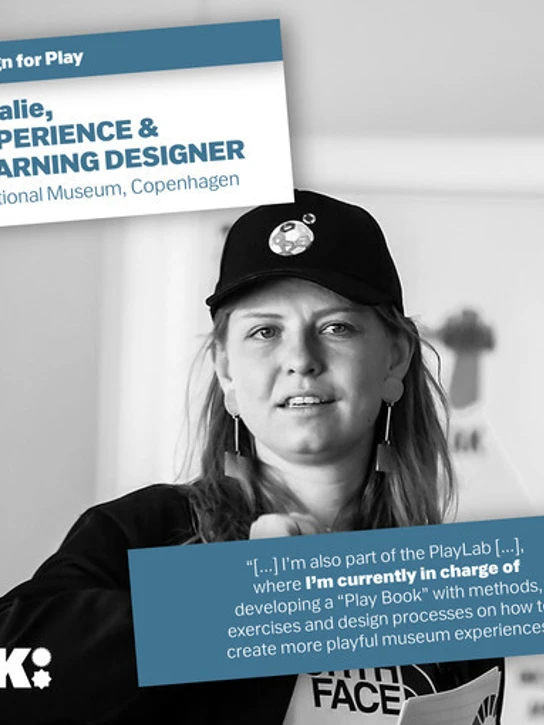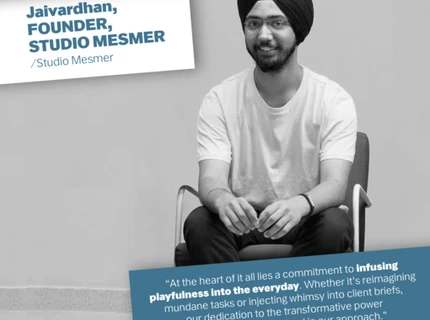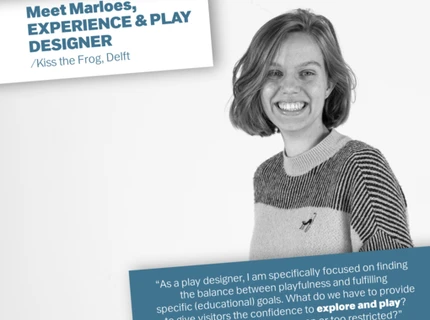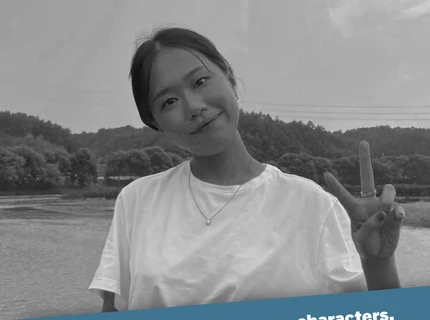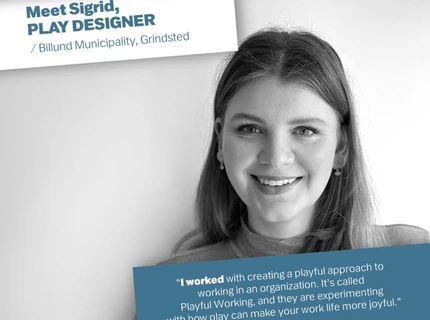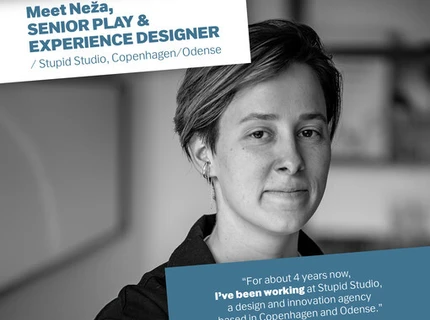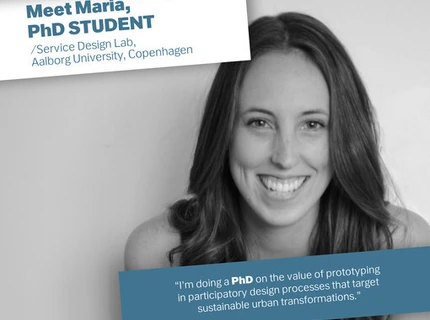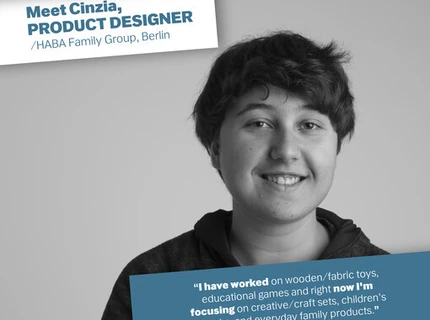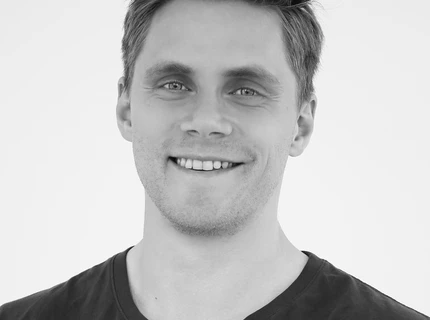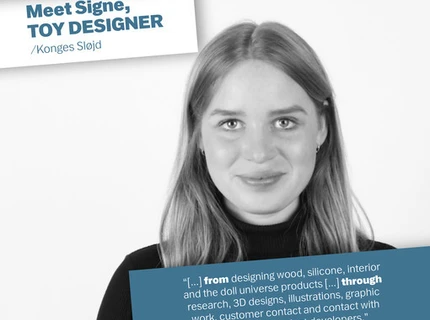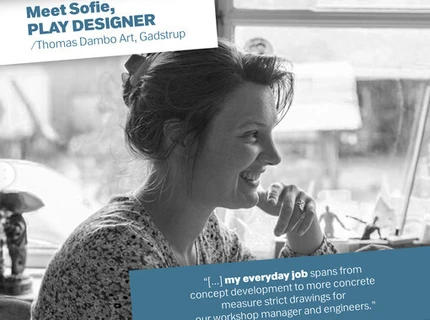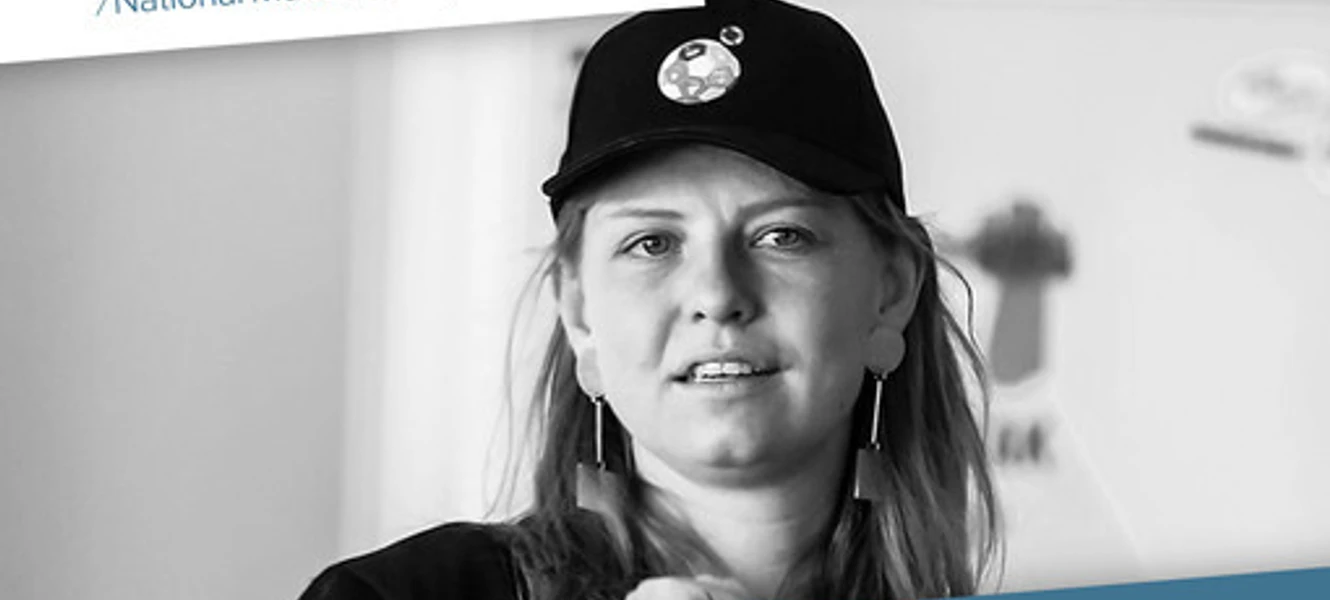
Meet Design for Play alumnus Nanna Amalie Dahl
Nanna Amalie Dahl
Tell us a bit about yourself!
My name is Amalie Dahl. I currently live in Copenhagen. My educational background is a bachelor’s degree in Sociology, I did a Kaospilot in Aarhus and I studied a master’s degree in Design for Play at Kolding School of Design.
Where do you work at the moment? What is your role and what are your tasks?
I work at the National Museum in Copenhagen. My official title is “Experience and Learning Designer / Curator”. I’m part of the “Program, Experience and Learning” department”. That is, the team that creates the programme, activities and teaching material at the museum for the guests and students coming to visit. My primary areas of responsibilities are within the Ethnographic Collection, which is huge and beautiful, and our newly opened exhibition on Money: “KA-CHING!”. But I’m also part of the PlayLab at the museum, where I’m currently in charge of developing a “Play Book” with methods, exercises and design processes on how to create more playful museum experiences – both for kids and adults. It’s a big task as everyone at the museum comes with a different background. But there’s a big need for alignment about what we mean when we say “play”, as well as a big need for shared methods and a shared language for developing stronger products.
What is the value of a Play designer?
In the words of Nanna Holdgaard, senior researcher at the National Museum and Nanna Amalie Dahl’s colleague: "In reality, we may not have seen you fully unfold as a play designer yet. It can be difficult to get through with a completely new professionalism in an old state institution like the National Museum of Denmark. But it's clear that you know how to facilitate processes. And that you’re more used to working with explorative methods than most people here are. You have more of a "just do it" approach and an understanding of letting the reflections and knowledge develop through practices and explorations. This is very different from how most people work on site, as the National Museum generally employs mostly people with a long higher academic education."
What has been the role of the design for Play master’s programme in getting you where you are today?
I’ve been interested in the nature of play since studying to become a Kaospilot in 2012, where I had a lecture on Rehearsal Spaces vs. Performance Spaces. Well, maybe even before that. Already in 2010, whilst studying Sociology, I heard about the flow theory and remember wanting to understand it better. It was connected to a sociological theory about skiing. And why, in order to progress and become a better skier, you had to fall. Because falling into the deep snow made you aware of your boundaries and the limits of your skills. Yet, neither at the Kaospilots nor at Sociology Studies did I find any theory or anyone interested in understanding the mechanisms and nature of play. Especially when not related to kids. I became a bit obsessed with the topic and tried to develop my own theories on play and to implement them in the work I did. When I saw that Kolding School of Design offered a new Master’s programme in Design for Play, I knew I had to apply – even though I didn’t have an official Bachelor’s degree in design. Applying to and graduating with a Master’s in Design for Play at Kolding School of Design has allowed me to “claim” play design as my profession and become a nerd within this field. Which I love. It’s a fun and quirky title. That has given me a lot of confidence in how I approach problem-solving and how I analyze social behavior. I have gained a much better language for play, a strong set of methods for analyzing play situations and for developing better experiences or products integrating elements of play. I’ve also become part of a network within the field. I still consider the teachers at the school and my former co-students to be my colleagues, as we are somewhat on a shared mission to integrate play into whatever we design – even though our fields of design after graduating vary greatly.
Can you tell us about an important memory from Kolding School of Design?
I recall a spring day on our first year where we spent the afternoon in the sun after having been asked to leave our workspaces by one of the other students from our year with the message to: “Go play somewhere else”. I think she meant it as an insult. But we found it quite hilarious as we would do exactly that: Just go play somewhere else. We quickly integrated the phrase into our play vocabulary and started using it as a driver for being able to create play in all sorts of spaces. The year after we made a project at the North Side Festival where we explored how to design for euphoria with the idea of exploring how to go play somewhere else. That is, how to design a cultural practice allowing for the “play mood” of euphoria in the setting of a festival. Obviously, it turned out that designing an object for euphoria was a pretty difficult thing. And as far as I remember, the project was not super successful in itself. But I still remember one of the design criteria being: “We set you free to do whatever the fuck you want”, which is another phrase I still carry with me. As well as I remember the reflections that the process allowed afterwards as it has defined my own practice as a designer since: “What if designing for euphoria is not a matter of designing the object carrying the intention of exceeding for euphoria but designing a cultural practice allowing for euphoric moods to unfold? Then who am I as a designer?”
Do you have any advice to give to someone undertaking this educational path?
Stop thinking! Try it out. If it feels good and makes your heart beat faster, you are probably on to something. Most likely, no one will ever look at your grades after you graduate. So, spend your time as a student taking chances, testing boundaries, and trying out the weird methods and ideas that you might not have the time, energy, or workshop space for once you’ve graduated. And make use of being surrounded by likeminded kids – co-students and teachers – who also don’t have the answers to everything but are equally curious about how things could be.
